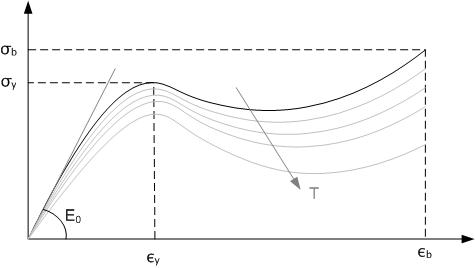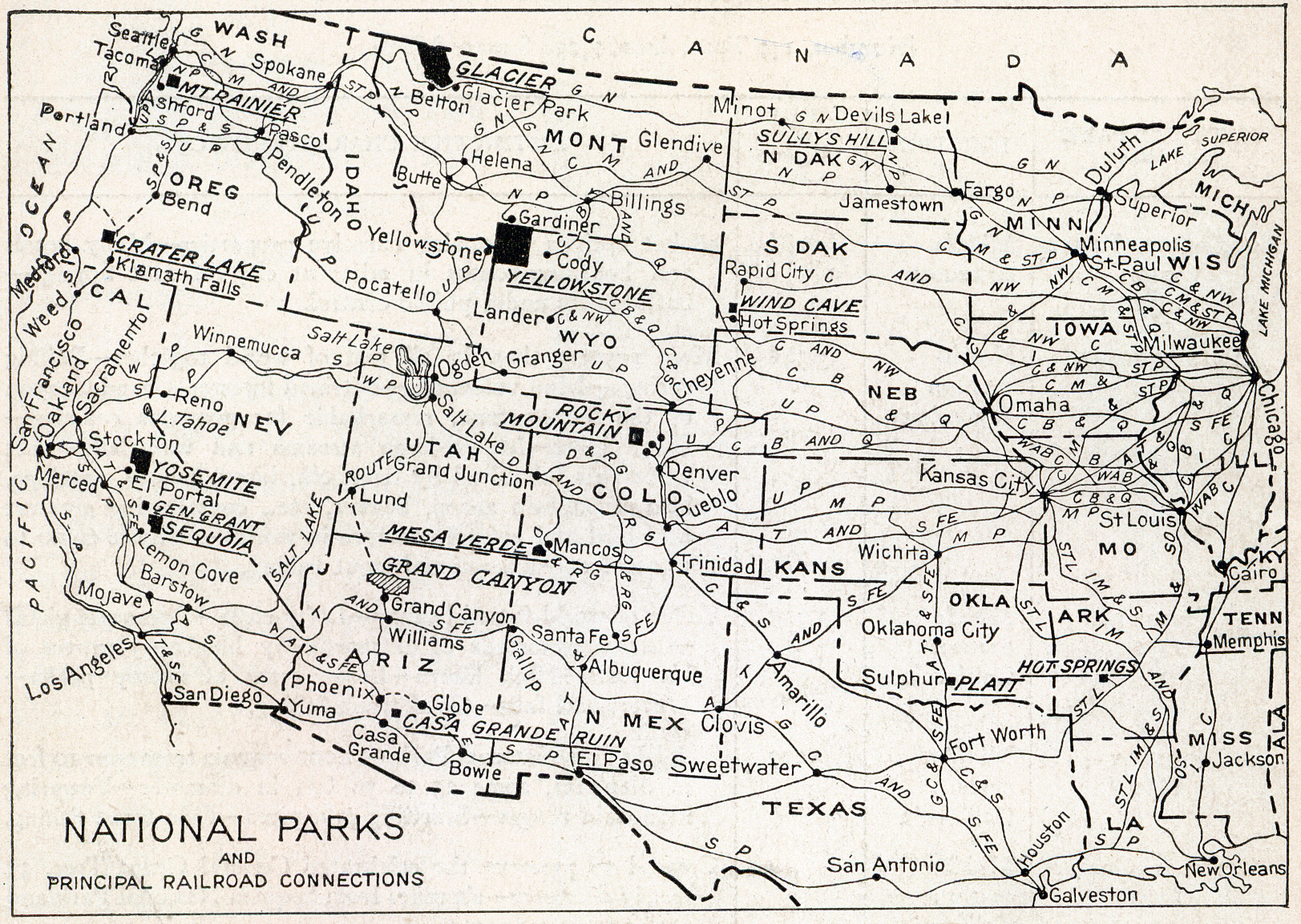|
Tenite
Tenite is a brand of cellulosic thermoplastic materials produced by the Eastman Chemical Company. Created in 1929, and trademarked in 1932, Tenite has been used in a wide variety of consumer, industrial, architectural and medical applications. Tenite cellulosics are manufactured from renewable raw materials (soft woods); they exhibit many of the same tactile and finish properties as wood, yet can easily be molded and extruded. Historically, applications for Tenite have varied from radios and telephones, to toys, toothbrushes and eyeglass frames. Tenite is not a durable plastic. Objects manufactured from Tenite slowly deform and warp over decades, eventually becoming unusable. Some formulations of Tenite are susceptible to surface mold. History In 1920, George Eastman established the site that would later become the headquarters for Eastman Chemical to provide a reliable domestic supply of compounds for Kodak's photographic processes. With the company's knowledge of acetyl chemi ... [...More Info...] [...Related Items...] OR: [Wikipedia] [Google] [Baidu] [Amazon] |
Cellulose Acetate
In biochemistry, cellulose acetate refers to any acetate ester of cellulose, usually cellulose diacetate. It was first prepared in 1865. A bioplastic, cellulose acetate is used as a film base in photography, as a component in some coatings, and as a frame material for eyeglasses; it is also used as a synthetic fiber in the manufacture of Cigarette filter, cigarette filters and Playing card, playing cards. In cellulose acetate film, photographic film, cellulose acetate film replaced nitrate film in the 1950s, being far less flammable and cheaper to produce. Water-soluble cellulose acetate (WSCA) has been used as a Prebiotic (nutrition), dietary fiber (prebiotic), in relation with weight loss and Akkermansia muciniphila. History In 1865, French chemist Paul Schützenberger discovered that cellulose reacts with acetic anhydride to form cellulose acetate. The German chemists Arthur Eichengrün and Theodore Becker invented the first soluble forms of cellulose acetate in 1903. In 190 ... [...More Info...] [...Related Items...] OR: [Wikipedia] [Google] [Baidu] [Amazon] |
Cellulose
Cellulose is an organic compound with the chemical formula, formula , a polysaccharide consisting of a linear chain of several hundred to many thousands of glycosidic bond, β(1→4) linked glucose, D-glucose units. Cellulose is an important structural component of the primary cell wall of green plants, many forms of algae and the oomycetes. Some species of bacteria secrete it to form biofilms. Cellulose is the most abundant biopolymer, organic polymer on Earth. The cellulose content of cotton fibre is 90%, that of wood is 40–50%, and that of dried hemp is approximately 57%. Cellulose is mainly used to produce paperboard and paper. Smaller quantities are converted into a wide variety of derivative products such as cellophane and rayon. Conversion of cellulose from energy crops into biofuels such as cellulosic ethanol is under development as a renewable fuel source. Cellulose for industrial use is mainly obtained from wood pulp and cotton. Cellulose is also greatly affected by ... [...More Info...] [...Related Items...] OR: [Wikipedia] [Google] [Baidu] [Amazon] |
Thermoplastic
A thermoplastic, or thermosoftening plastic, is any plastic polymer material that becomes pliable or moldable at a certain elevated temperature and solidifies upon cooling. Most thermoplastics have a high molecular weight. The polymer chains associate by intermolecular forces, which weaken rapidly with increased temperature, yielding a viscous liquid. In this state, thermoplastics may be reshaped, and are typically used to produce parts by various polymer processing techniques such as injection molding, compression molding, calendering, and extrusion. Thermoplastics differ from thermosetting polymers (or "thermosets"), which form irreversible chemical bonds during the curing process. Thermosets do not melt when heated, but typically decompose and do not reform upon cooling. Above its glass transition temperature and below its melting point, the physical properties of a thermoplastic change drastically without an associated phase change. Some thermoplastics do not fully ... [...More Info...] [...Related Items...] OR: [Wikipedia] [Google] [Baidu] [Amazon] |
Eastman Chemical Company
Eastman Chemical Company is an American company primarily involved in the chemical industry. Once a subsidiary of Kodak, today it is an independent global specialty materials company that produces a broad range of advanced materials, chemicals and fibers for everyday purposes. Founded in 1920 and based in Kingsport, Tennessee, the company operates 36 manufacturing sites worldwide and employs approximately 14,000 people. Eastman was spun off from parent Eastman Kodak in 1994. In 2023 it had sales revenue of approximately $9.21 billion. Business segments Eastman manufactures and markets chemicals, fibers, and plastics. It provides coatings, adhesives and specialty plastics products, is a major supplier of cellulose acetate fibers, and produces copolyesters for packaging. The company's products and operations are managed and reported in four operating segments: Additives & Functional Products, Advanced Materials, Chemical Intermediates, and Fibers. ;Additives & Functional Produc ... [...More Info...] [...Related Items...] OR: [Wikipedia] [Google] [Baidu] [Amazon] |
George Eastman
George Eastman (July 12, 1854March 14, 1932) was an American entrepreneur who founded the Kodak, Eastman Kodak Company and helped to bring the photographic use of roll film into the mainstream. After a decade of experiments in photography, he patented and sold a roll film camera, making amateur photography accessible to the general public for the first time. Working as the treasurer and later president of Kodak, he oversaw the expansion of the company and the film industry. Eastman was a major philanthropist, establishing the Eastman School of Music, Rochester Philharmonic Orchestra, and schools of dentistry and medicine at the University of Rochester and Eastman Dental Hospital at University College London, and making large contributions to the Rochester Institute of Technology (RIT), the construction of several buildings at the second campus of Massachusetts Institute of Technology (MIT) on the Charles River, and Tuskegee University and Hampton University, two historically b ... [...More Info...] [...Related Items...] OR: [Wikipedia] [Google] [Baidu] [Amazon] |
World War II
World War II or the Second World War (1 September 1939 – 2 September 1945) was a World war, global conflict between two coalitions: the Allies of World War II, Allies and the Axis powers. World War II by country, Nearly all of the world's countries participated, with many nations mobilising all resources in pursuit of total war. Tanks in World War II, Tanks and Air warfare of World War II, aircraft played major roles, enabling the strategic bombing of cities and delivery of the Atomic bombings of Hiroshima and Nagasaki, first and only nuclear weapons ever used in war. World War II is the List of wars by death toll, deadliest conflict in history, causing World War II casualties, the death of 70 to 85 million people, more than half of whom were civilians. Millions died in genocides, including the Holocaust, and by massacres, starvation, and disease. After the Allied victory, Allied-occupied Germany, Germany, Allied-occupied Austria, Austria, Occupation of Japan, Japan, a ... [...More Info...] [...Related Items...] OR: [Wikipedia] [Google] [Baidu] [Amazon] |
Film Preservation
Film preservation, or film restoration, describes a series of ongoing efforts among film historians, archivists, museums, cinematheques, and non-profit organizations to rescue decaying film stock and preserve the images they contain. In the widest sense, preservation assures that a movie will continue to exist in as close to its original form as possible. For many years the term "preservation" was synonymous with "duplication" of film. The goal of a preservationist was to create a durable copy without any significant loss of quality. In more modern terms, film preservation includes the concepts of handling, duplication, storage, and access. The archivist seeks to protect the film and share its content with the public. Film preservation is not to be confused with film revisionism, in which long-completed films are modified with the insertion of outtakes or new musical scores, the addition of sound effects, black-and-white film being colorized, older soundtracks converted to Do ... [...More Info...] [...Related Items...] OR: [Wikipedia] [Google] [Baidu] [Amazon] |
Mold Control And Prevention (library And Archive)
Mold control and prevention is a conservation activity that is performed in libraries and archives to protect books, documents and other materials from deterioration caused by mold growth. Mold prevention consists of different methods, such as chemical treatments, careful environmental control, and manual cleaning. Preservationists use one or a combination of these methods to combat mold spores in library and archival collections. Due to the resilient nature of mold and its potential for damage to library collections, mold prevention has become an important activity among preservation librarians. Although mold is naturally present in both indoor and outdoor environments, under the right circumstances it can become active after being in a dormant state. Mold growth responds to increased moisture, high humidity, and warm temperatures. Library collections are particularly vulnerable to mold since mold thrives off of organic, cellulose-based materials such as paper, wood, and textiles ... [...More Info...] [...Related Items...] OR: [Wikipedia] [Google] [Baidu] [Amazon] |
National Park Service
The National Park Service (NPS) is an List of federal agencies in the United States, agency of the Federal government of the United States, United States federal government, within the US Department of the Interior. The service manages all List of national parks of the United States, national parks; most National monument (United States), national monuments; and other natural, historical, and recreational properties, with various title designations. The United States Congress created the agency on August 25, 1916, through the National Park Service Organic Act. Its headquarters is in Washington, D.C., within the main headquarters of the Department of the Interior. The NPS employs about 20,000 people in units covering over in List of states and territories of the United States, all 50 states, the District of Columbia, and Territories of the United States, US territories. In 2019, the service had more than 279,000 volunteers. The agency is charged with preserving the ecological a ... [...More Info...] [...Related Items...] OR: [Wikipedia] [Google] [Baidu] [Amazon] |
Fahrenheit
The Fahrenheit scale () is a scale of temperature, temperature scale based on one proposed in 1724 by the German-Polish physicist Daniel Gabriel Fahrenheit (1686–1736). It uses the degree Fahrenheit (symbol: °F) as the unit. Several accounts of how he originally defined his scale exist, but the original paper suggests the lower defining point, 0 °F, was established as the freezing temperature of a solution of brine made from a mixture of water, ice, and ammonium chloride (a Salt (chemistry), salt). The other limit established was his best estimate of the average human body temperature, originally set at 90 °F, then 96 °F (about 2.6 °F less than the modern value due to a later redefinition of the scale). For much of the 20th century, the Fahrenheit scale was defined by two fixed points with a 180 °F separation: the temperature at which pure water freezes was defined as 32 °F and the boiling point of water was defined to be 212 °F, b ... [...More Info...] [...Related Items...] OR: [Wikipedia] [Google] [Baidu] [Amazon] |
Relative Humidities
Relative may refer to: General use *Kinship and family, the principle binding the most basic social units of society. If two people are connected by circumstances of birth, they are said to be ''relatives''. Philosophy *Relativism, the concept that points of view have no absolute truth or validity, having only relative, subjective value according to differences in perception and consideration, or relatively, as in the relative value of an object to a person * Relative value (philosophy) Economics *Relative value (economics) Popular culture Film and television * ''Relatively Speaking'' (1965 play), 1965 British play * ''Relatively Speaking'' (game show), late 1980s television game show * ''Everything's Relative'' (episode)#Yu-Gi-Oh! (Yu-Gi-Oh! Duel Monsters), 2000 Japanese anime ''Yu-Gi-Oh! Duel Monsters'' episode *'' Relative Values'', 2000 film based on the play of the same name. *'' It's All Relative'', 2003-4 comedy television series *''Intelligence is Relative'', tag line ... [...More Info...] [...Related Items...] OR: [Wikipedia] [Google] [Baidu] [Amazon] |




